
RF Attenuators and Their Applications in Aerospace
Global electronic component supplier ERSAELECTRONICS: Rich inventory for one-stop shopping. Inquire easily, and receive fast, customized solutions and quotes.
What Is an RF Attenuator?
An RF attenuator is an electronic device used to reduce the power or amplitude of an RF (Radio Frequency) signal without significantly affecting its waveform or frequency. It is commonly used in RF and microwave systems to control signal levels, match impedance, and protect sensitive components.
The primary function of an RF attenuator is to attenuate or weaken the signal strength by a specific amount, expressed in decibels (dB). Attenuators are available in various attenuation values, such as 3 dB, 6 dB, 10 dB, etc., allowing precise control over signal power.
RF attenuators are typically passive devices, meaning they do not require an external power source. They are composed of resistive elements, such as fixed or variable resistors, which dissipate the excess power as heat. The resistive elements are designed to provide a specific level of attenuation while maintaining the impedance characteristics of the RF system.
Attenuators can be categorized into two main types: fixed attenuators and variable attenuators.
1. Fixed Attenuators: These attenuators provide a fixed amount of attenuation and have a specific value that cannot be adjusted. They are commonly used in applications where a constant level of attenuation is required.
2. Variable Attenuators: These attenuators allow the user to adjust the attenuation level according to their needs. They are often used in applications where the signal strength needs to be dynamically controlled, such as in testing and calibration processes.
RF attenuators find applications in various industries, including aerospace, telecommunications, wireless communication, radar systems, and audio/video equipment. They are essential components for signal conditioning, power control, impedance matching, and protecting sensitive devices from excessive signal levels.
Overall, RF attenuators are crucial tools for controlling and manipulating RF signal strength in a wide range of applications.

What does an RF Attenuator do?
An RF attenuator is an electronic device that serves the purpose of reducing the power or amplitude of an RF (Radio Frequency) signal while maintaining its waveform and frequency characteristics. It is commonly used in RF and microwave systems to control signal levels, match impedance, and protect sensitive components.
The primary function of an RF attenuator is to attenuate or weaken the signal strength by a specific amount, typically expressed in decibels (dB). Attenuators are available in various attenuation values, such as 3 dB, 6 dB, 10 dB, etc., allowing precise control over signal power.
One of the key applications of RF attenuators is signal conditioning. In many cases, RF signals need to be adjusted to specific power levels to ensure reliable and accurate transmission. Attenuators enable engineers to optimize signal levels, compensating for variations in signal strength caused by factors like distance, interference, or equipment limitations. By attenuating the signal, the attenuator helps to bring it within the desired range, ensuring proper reception and minimizing the risk of distortion or overload.
Another important application of RF attenuators is impedance matching. Impedance matching is crucial for efficient power transfer between RF components. Attenuators are used to match the impedance between the transmitter/receiver and the antenna or other components in the system. By adjusting the signal strength, attenuators help minimize signal reflections and maximize power transfer, ensuring optimal performance and reducing the risk of signal loss or damage to sensitive components.
RF attenuators also play a significant role in testing and calibration processes. Attenuators are used to simulate real-world signal conditions and attenuate the signal strength to match specific testing requirements. This allows engineers to evaluate the performance of RF systems under different signal conditions, ensuring they meet the desired specifications. Attenuators with variable attenuation levels are particularly useful in these scenarios, as they provide flexibility in adjusting the signal strength as needed.
In addition, RF attenuators find applications in radar systems. Radar relies on accurately detecting and analyzing RF signals reflected from objects in the environment. Attenuators are used to adjust the signal strength in radar systems, optimizing performance parameters such as target detection, reducing interference, and enhancing the signal-to-noise ratio. By controlling the signal power, attenuators help improve the accuracy and reliability of radar systems.
Overall, RF attenuators are essential components in RF and microwave systems, providing precise control over signal levels, impedance matching, and protection of sensitive components. Their versatility and ability to adjust signal strength make them valuable tools in various industries, including aerospace, telecommunications, wireless communication, radar systems, and audio/video equipment.

How Does RF Attenuator Work?
RF attenuators utilize resistive elements to reduce the power or amplitude of an RF (Radio Frequency) signal while maintaining its waveform and frequency characteristics. These attenuators are typically passive devices, meaning they do not require an external power source.
The basic principle behind the operation of an RF attenuator is the conversion of excess signal power into heat. Attenuators are composed of resistive elements, such as fixed or variable resistors, which dissipate the excess power as heat. The resistive elements are designed to provide a specific level of attenuation while maintaining the impedance characteristics of the RF system.
In a fixed attenuator, the resistive element has a fixed value that determines the amount of attenuation. The RF signal passes through the attenuator, and the resistive element absorbs a portion of the signal power, reducing its amplitude. The remaining signal is then output with the desired level of attenuation.
Variable attenuators, on the other hand, allow the user to adjust the attenuation level according to their needs. These attenuators typically consist of a variable resistor or a network of resistors that can be adjusted to vary the amount of attenuation. By changing the resistance value, the user can control the amount of signal power that is absorbed and attenuated.
Attenuators are designed to maintain the impedance characteristics of the RF system to prevent signal reflections and ensure proper power transfer. They are typically matched to the system impedance, commonly 50 ohms, to minimize signal loss and maintain signal integrity.
It's important to note that RF attenuators introduce some level of insertion loss, which is the reduction in signal power caused by the attenuation. This loss is typically expressed in decibels (dB) and varies depending on the attenuation value and the specific attenuator design. Attenuators are designed to minimize insertion loss and maintain signal quality as much as possible.
The selection of the appropriate attenuator depends on factors such as the desired attenuation level, frequency range, power handling capability, and impedance matching requirements. Attenuators are available in various configurations, including fixed, step attenuators with discrete attenuation values, and continuously variable attenuators that allow for fine adjustment.
In summary, RF attenuators work by utilizing resistive elements to absorb and dissipate excess signal power as heat, thereby reducing the amplitude of the RF signal. They can be either fixed or variable, and their design ensures impedance matching and minimal insertion loss. RF attenuators provide precise control over signal levels, allowing for signal conditioning, impedance matching, and protection of sensitive components in RF and microwave systems.
RF Attenuator Symbol
In circuit schematic diagrams for attenuators, it may be required to depict the block symbol without explicitly indicating each component.
Below is a symbol representing an attenuator that has been widely accepted:

In certain situations, it may be necessary to use a symbol for a variable attenuator:

Applications for RF Attenuator in Aerospace
RF attenuators have numerous applications in the aerospace industry, where precise control over signal levels and impedance matching is crucial. Here are several key applications for RF attenuators in aerospace:
1. Communication Systems: RF attenuators play a vital role in aerospace communication systems. They are used to adjust the signal strength between aircraft and ground stations, ensuring reliable and accurate transmission of data. Attenuators help optimize signal levels, compensating for variations caused by factors like distance, interference, or equipment limitations. This ensures clear and uninterrupted communication, essential for safe and efficient aerospace operations.
2. Testing and Calibration: Attenuators are extensively used in aerospace testing and calibration processes. They allow engineers to simulate real-world signal conditions and attenuate the signal strength to match specific testing requirements. This enables accurate evaluation of the performance of aerospace systems under different signal conditions, ensuring they meet the desired specifications. Attenuators with variable attenuation levels provide flexibility in adjusting the signal strength as needed during testing and calibration.
3. Antenna Systems: Attenuators are employed in aerospace antenna systems to match the impedance between the transmitter/receiver and the antenna. Impedance matching is crucial for efficient power transfer and minimizing signal reflections. Attenuators help optimize the power transfer between the antenna and the RF system, ensuring maximum signal strength and minimizing losses. This is essential for reliable and efficient communication in aerospace applications.
4. RF Power Control: RF attenuators are used in aerospace systems to control the power levels of RF signals. They help prevent signal overload, protect sensitive components, and ensure the proper functioning of the system. Attenuators allow engineers to adjust the signal strength to match the requirements of different components and subsystems, optimizing performance and protecting against damage caused by excessive power levels.
5. Radar Systems: Attenuators find extensive use in aerospace radar systems. Radar relies on accurately detecting and analyzing RF signals reflected from objects in the environment. Attenuators are used to adjust the signal strength in radar systems, optimizing performance parameters such as target detection, reducing interference, and enhancing the signal-to-noise ratio. By controlling the signal power, attenuators help improve the accuracy and reliability of radar systems, which are critical for aerospace applications like navigation, surveillance, and weather monitoring.

Conclusion
In summary, RF attenuators have diverse applications in the aerospace industry. They are used in communication systems, testing and calibration processes, antenna systems, RF power control, and radar systems. Attenuators provide precise control over signal levels, impedance matching, and protection of sensitive components, ensuring reliable and efficient operation of aerospace systems.
Related Articles
- ·Insulated Gate Bipolar Transistor (IGBT): The Dragon Rider of High-Power Circuits
- ·Transistor Symbol: The Blockbuster Guide (With Zero Boring)
- ·ICD Electronics: Tiny Lightning, Relentless Reliability
- ·Smart Pill Dispensing Electronics: From Missed Doses to Mission Control
- ·Conditional Access Module (CAM): The Pay-TV Gatekeeper Engineers Actually Enjoy Reading About
- ·NC Formula Semiconductor: The Blockbuster Guide You Didn’t Know You Needed
- ·Electrosurgery Electronics: Turning RF Into a Surgical Superpower
- ·Endoscopic Imaging Electronics: Tiny Optics, Big Picture
- ·Instrument Cluster: The Dashboard Wizard That Makes You Feel Like Iron Man
- ·X-ray & CT Electronics: From Kilovolts to Reconstruction


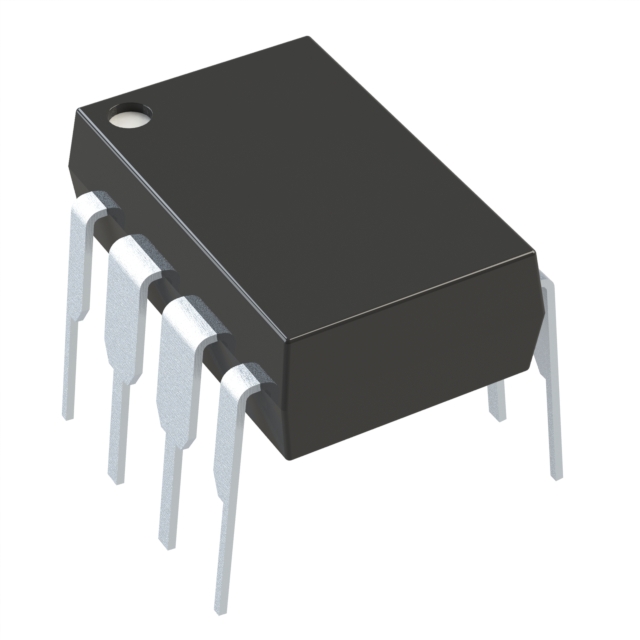

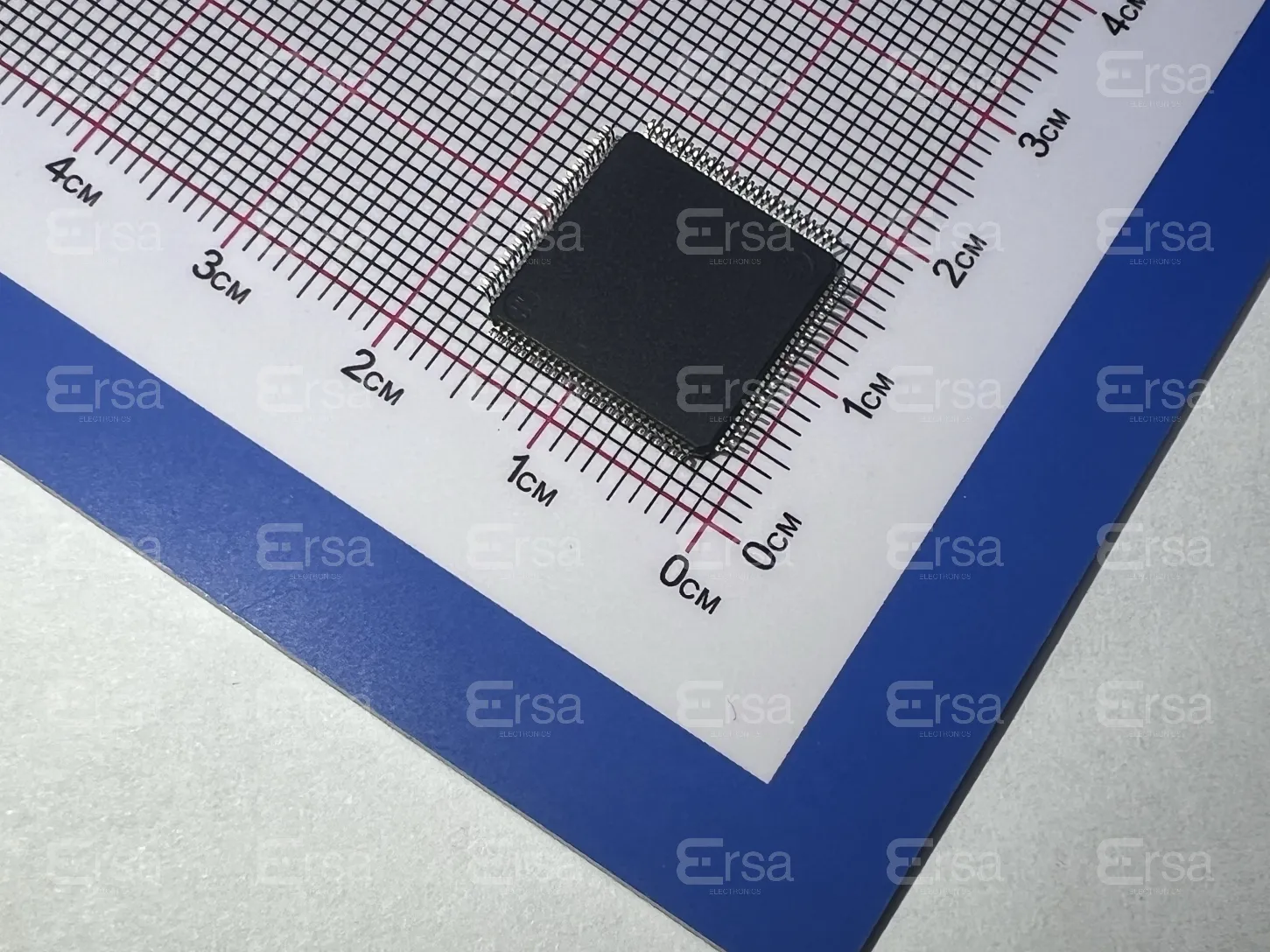
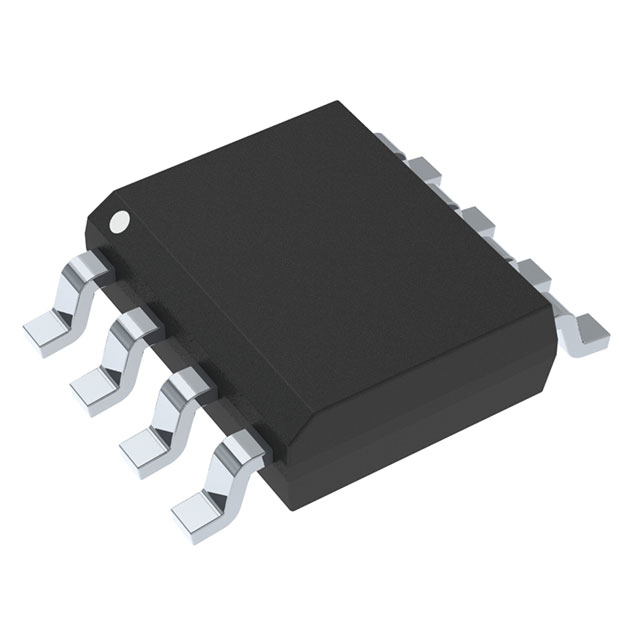
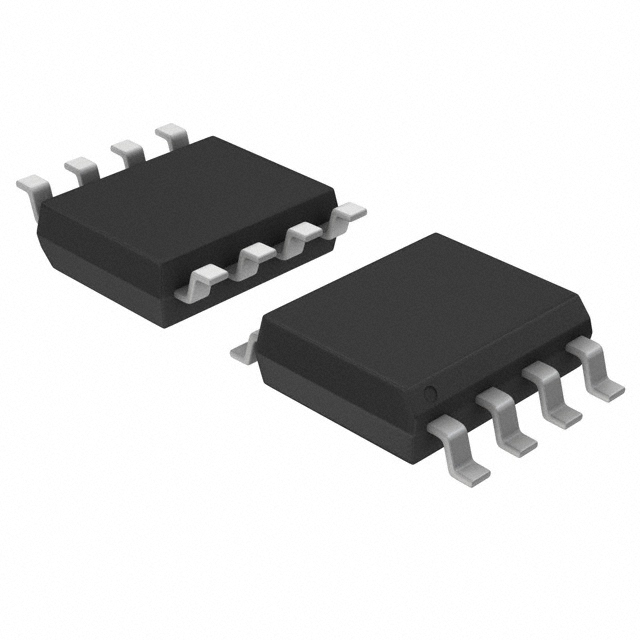
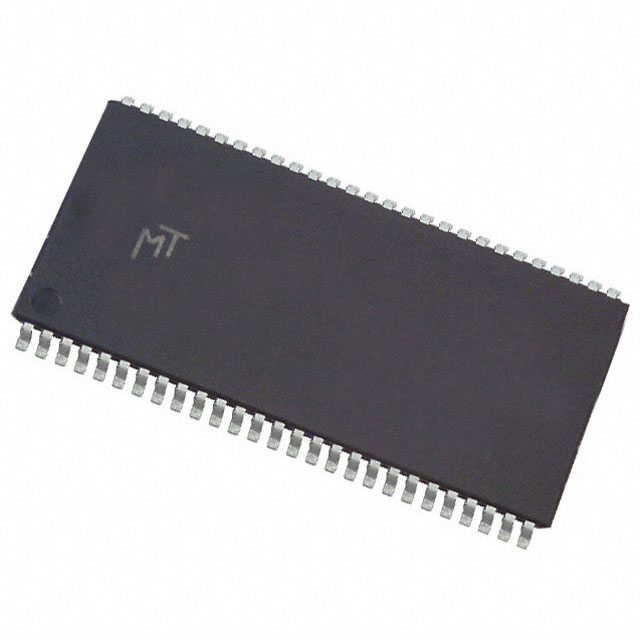
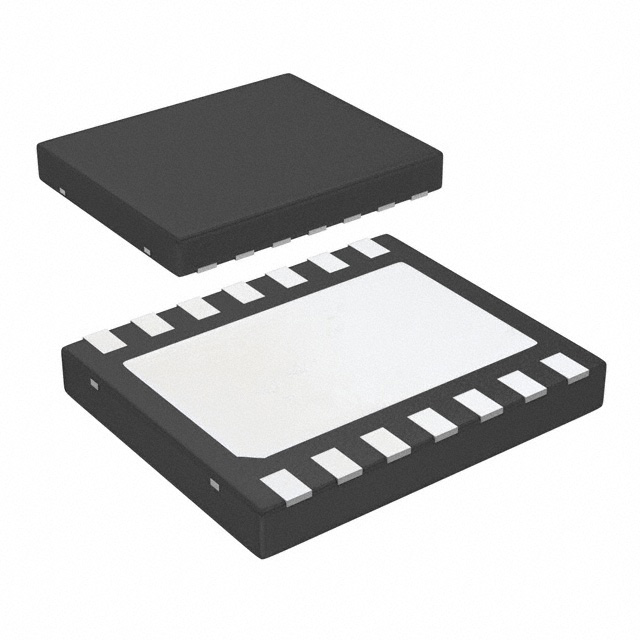
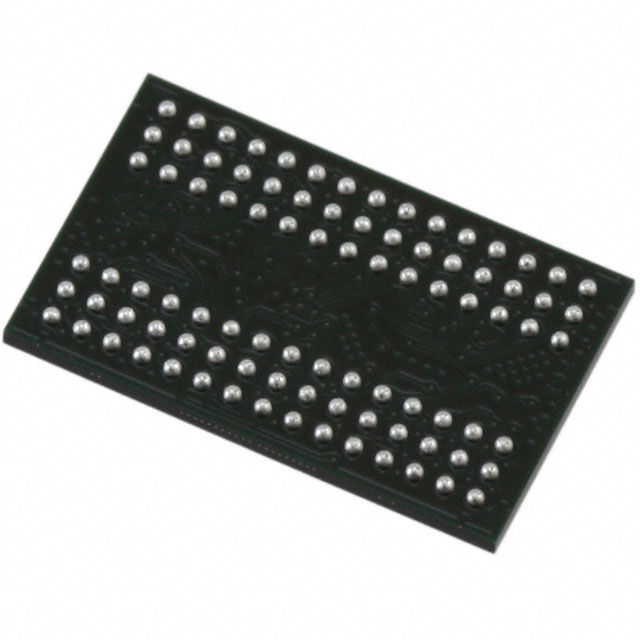

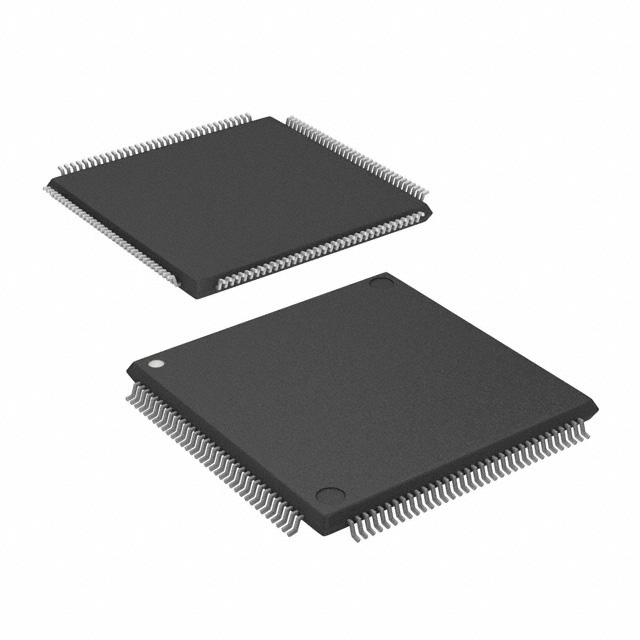
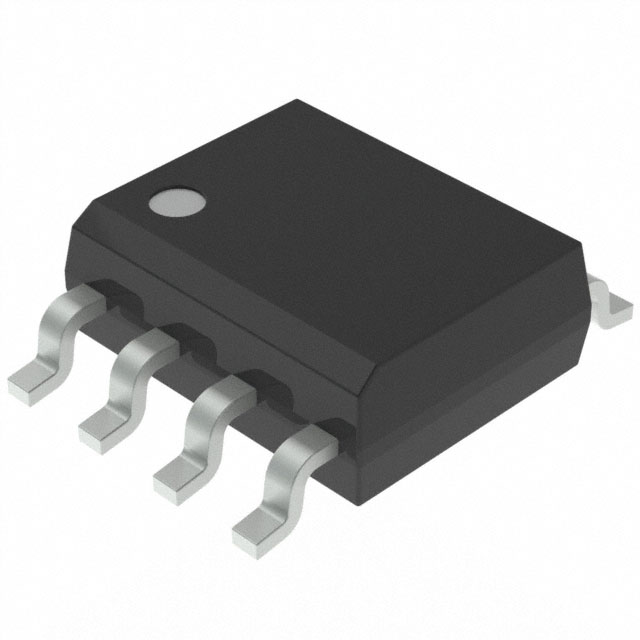
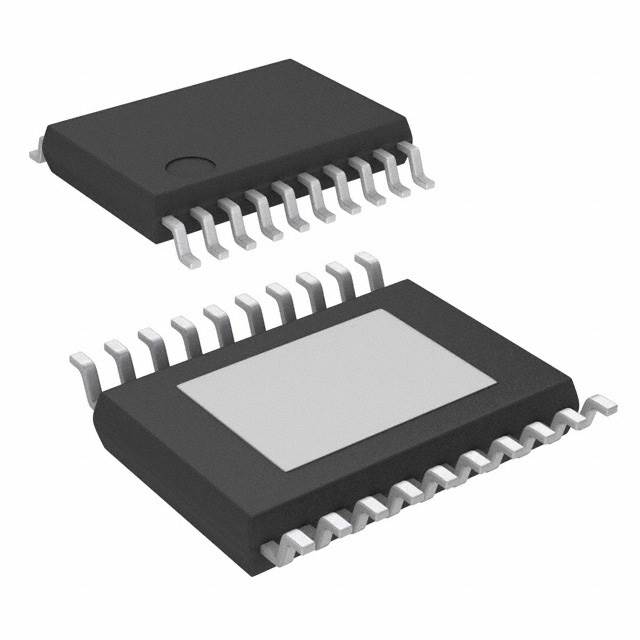






.png?x-oss-process=image/format,webp/resize,h_32)










